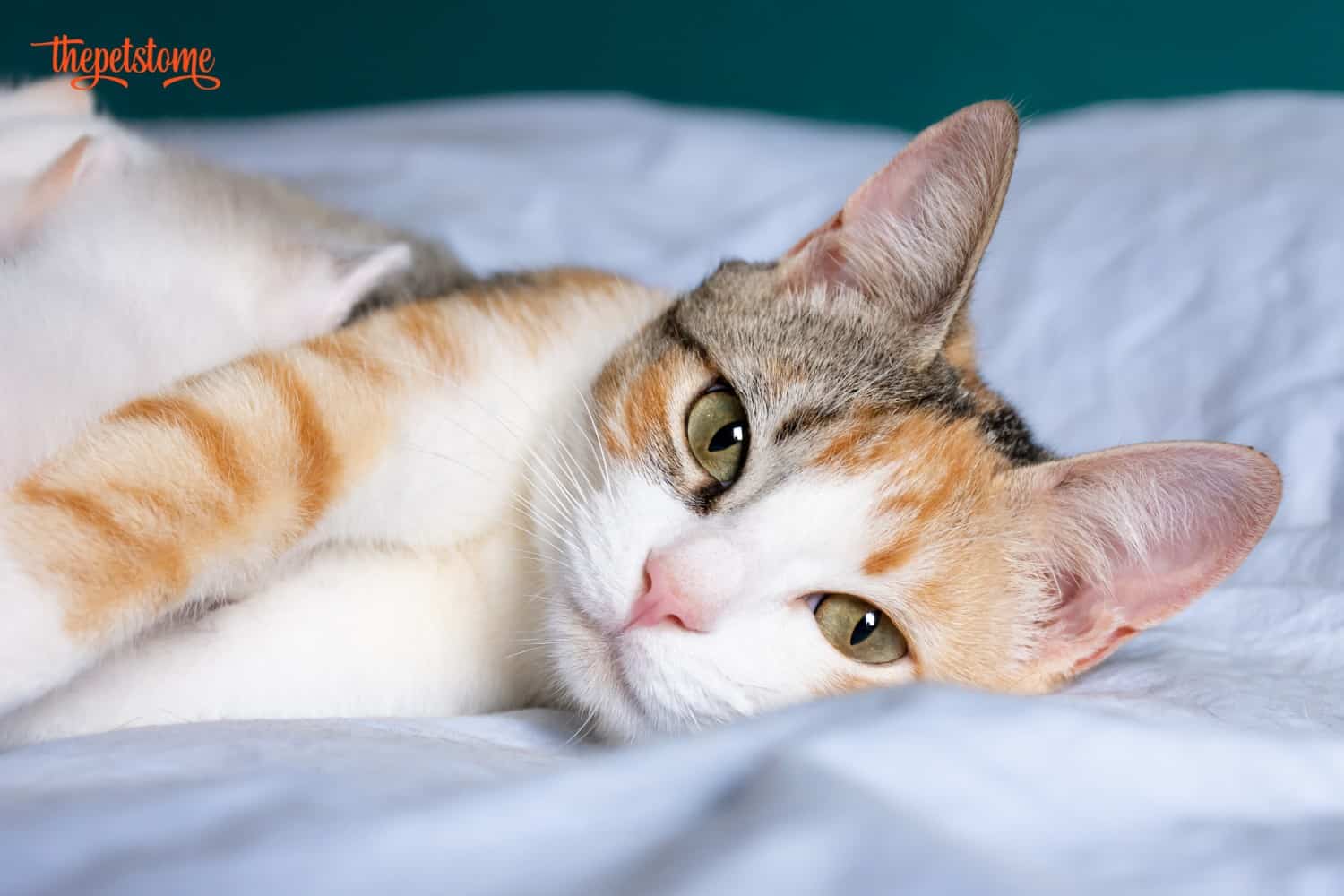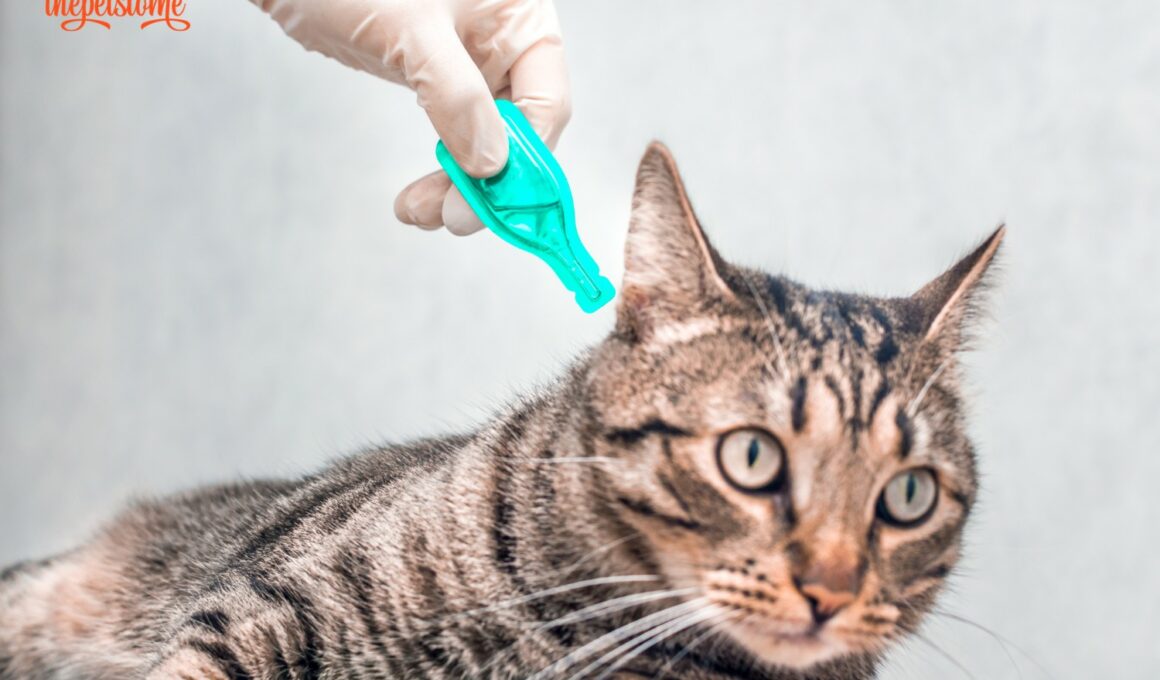Table of Contents Show
Dealing with fleas, like other challenging experiences can be frustrating and unpleasant for any pet owner. However, the situation can become even more exasperating when your beloved feline companion is during flea medicine application.
If this frequently happens every time, you should gradually introduce them to a restraint, use a towel, utilize a crate or carrier, ask for help when necessary, and lastly seek professional assistance.
It is best to understand that, if your cat becomes a whirlwind of claws and teeth every time you attempt to administer flea-prevention measures, you are not alone. This article aims to provide practical and effective solutions for cat owners struggling to maintain their feline friends.
Now, let’s delve into the factors contributing to this occurrence and techniques you can employ to successfully administer flea medicine to your cat while keeping their stress levels at a minimum.

Factors Contributing To Cats’ Resistance To Taking Flea Medicine
While dealing with cats who resist flea medicine, it’s important to understand the factors that may contribute to their resistance. Here are some common reasons why cats might resist taking flea medicine;
1. Sensory Sensitivity
Cats have sensitive sensory receptors and may dislike the smell or taste of certain flea medications. This can cause them to become resistant or refuse to ingest the medicine.
2. Past Negative Experiences
Cats have strong memories, and if they have had stressful or unpleasant experiences with flea medicine in the past, they may develop an aversion to it. Traumatic experiences can make them more resistant to future applications.
3. Fear and Anxiety
Cats are known for their independent nature; many can become anxious or fearful during medication administration. This fear can be triggered by the sight of the medication itself or by associating it with negative experiences such as restraint or discomfort.
4. Unfamiliarity With Handling
Some cats may not be accustomed to being handled or restrained, resulting in resistance when attempting to apply flea medicine. Lack of socialization or limited interaction with humans can contribute to their resistance.
5. Adverse Side Effects
In rare cases, cats may have adverse reactions to certain flea medications. If they have experienced discomfort or adverse side effects in the past, they may resist future applications.

Tips For Safely Restraining Your Cat
When dealing with a cat that resists taking flea medicine, it may be necessary to safely restrain them to ensure their well-being and effective medication application. Here are some tips to help you safely restrain your cat;
1. Use A Towel Or Blanket
Cuddling or wrapping your cat in a towel or blanket can provide a sense of security and minimize the risk of scratching or biting. Be gentle and avoid applying too much pressure, ensuring your cat can still breathe comfortably.
2. Gradual Introduction To Restraint
Introduce your cat to the concept of restraint gradually. Start by gently holding them for short periods of time and gradually increase the duration. Reward them with treats or positive reinforcement to associate restraint with positive experiences.
3. Utilize A Carrier Or Crate
Placing your cat in a carrier or crate can make restraining it easier. Encourage their familiarity with the carrier by leaving it accessible and adding treats or a soft blanket inside.

4. Seek Assistance
If your cat is particularly resistant or difficult to handle, it might be helpful to have someone assist you. This can ensure their safety as well as yours while applying flea medicine.
5. Consult With A Professional
If you find it challenging to restrain your cat safely, consider seeking guidance from a veterinarian or professional animal behaviorist. They can provide expert advice tailored to your cat’s specific needs.
Conclusion
Dealing with a cat that won’t stay gentle for flea medicine can be challenging for many cat owners. However, by understanding the factors contributing to their resistance and employing the right techniques, we can overcome this issue and ensure the successful administration of flea medicine.
Throughout this guide, we have explored various factors that may contribute to a cat’s resistance, such as sensory sensitivity, past negative experiences, fear and anxiety, unfamiliarity with handling, and adverse side effects.














